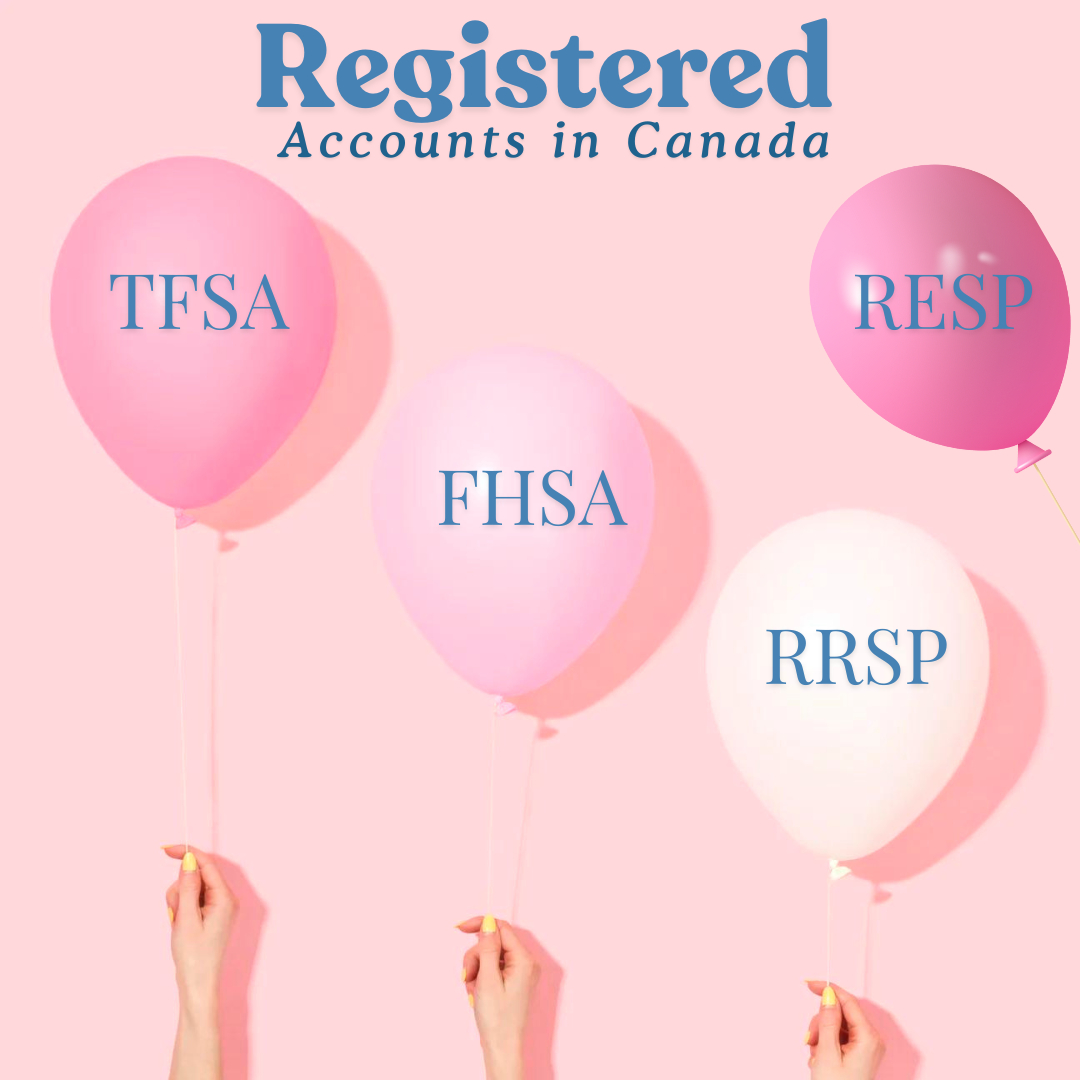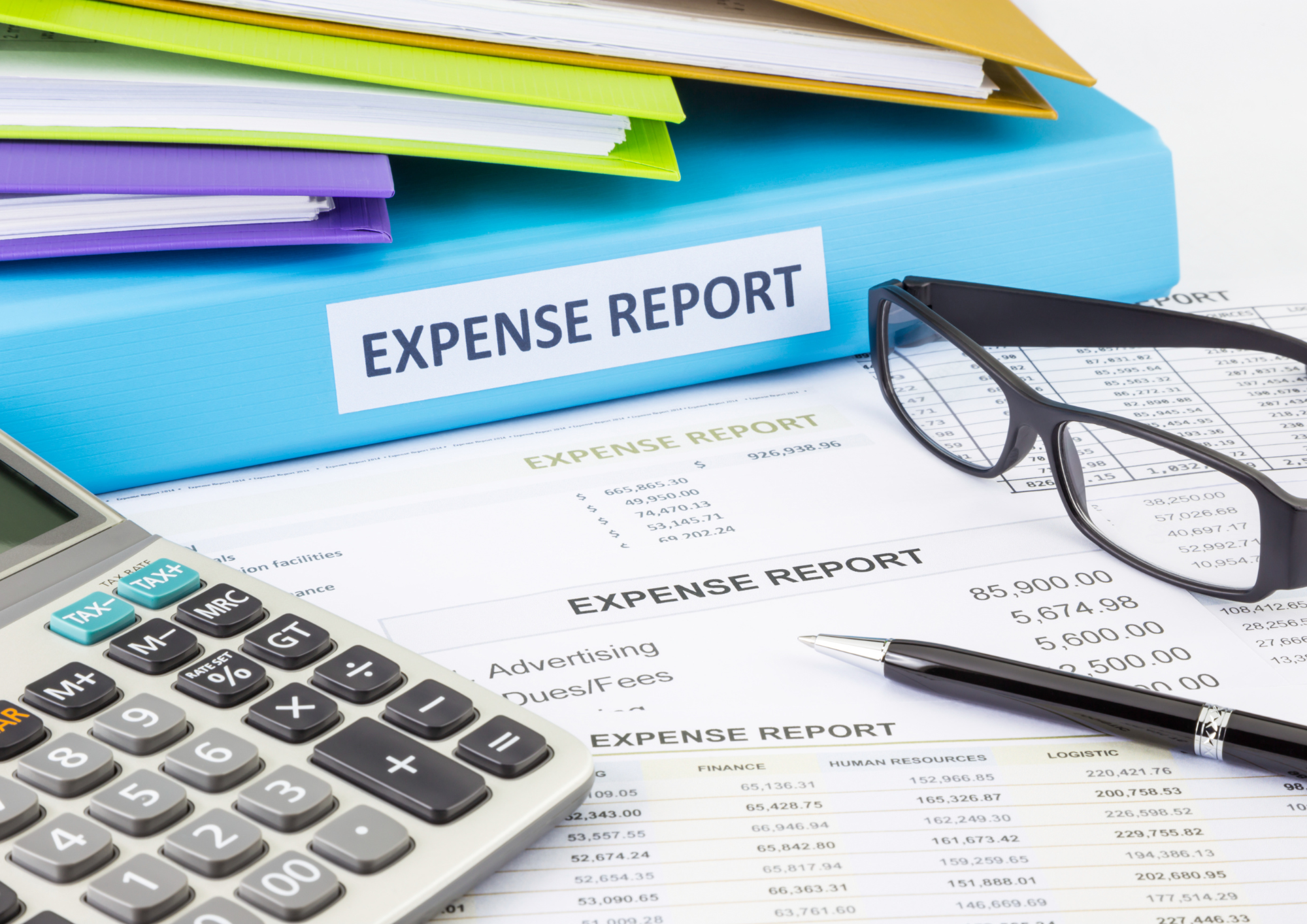January is Financial Wellness Month, a great time to invest in registered savings accounts in Canada.
The best account for you depends on your individual circumstances, and it’s advisable to use as many as you qualify for and can afford. I recently wrote an article summarizing the most popular registered savings accounts in Canada, as at January 2025. The article discusses various Canadian registered savings accounts, emphasizing the importance of investing in them yearly to maximize compounding growth. The article provides a general list of recommended accounts, noting that the best choice depends on individual circumstances. See the full article located on my website Resources page or here: The Difference Between Canadian Registered Accounts, With a Twist
Tax-Free Savings Account (TFSA):
The TFSA allows Canadians to save money tax-free, with contributions based on available room, which accumulates starting in 2009 or when the individual turns 18. As of 2025, the annual contribution limit is $7,000, with the total contribution room since inception reaching $102,000 for those who have contributed every year since 2009. Contributions can be made to one or more TFSA accounts, but the limit applies across all accounts in aggregate. Importantly, contributions are flexible, and funds can be withdrawn at any time, and withdrawals are added back to the contribution room in the following year.
However, there are potential pitfalls. Fees and interest related to borrowing for TFSA contributions are not tax-deductible, and capital losses within a TFSA cannot be claimed. The TFSA is best used for long-term investments, and experts often recommend a diversified portfolio. Additionally, frequent trading in a TFSA may be considered business activity, subject to taxes. Non-residents of Canada can hold but not contribute to a TFSA and should be aware of the tax implications in their home countries.
Registered Retirement Savings Plan (RRSP):
An RRSP is a retirement savings plan that allows you to reduce your tax with deductible contributions. It offers flexibility in investment options and builds contribution room yearly based on prior year earned income. The contribution limit is 18% of the previous year’s earned income, up to $32,490 for 2025. The RRSP grows tax-deferred until funds are withdrawn, typically during retirement when individuals are in a lower tax bracket. Withdrawals are subject to withholding tax, except for certain cases like the Home Buyers Plan.
The Home Buyers Plan (HBP) allows first-time homebuyers to withdraw up to $60,000 without tax, provided the funds are repaid within 15 years. RRSPs must be converted into a Registered Retirement Income Fund (RRIF) by age 71, with minimum withdrawals required thereafter. A key advantage of the RRSP is its treatment of U.S. dividends, which are not subject to withholding tax within the RRSP due to the Canada-U.S. tax treaty.
However, RRSPs are not without their challenges. Contributing to an RRSP may not make sense for those in lower tax brackets, as the tax deduction would not be as valuable. Over-contributions are allowed up to $2,000 without penalty, but exceeding this limit incurs a 1% monthly tax. Non-residents can maintain and contribute to their RRSP if they have Canadian earned income, but withdrawals are generally subject to a non-resident withholding tax, which may be reduced under certain tax treaties.
First Home Savings Account (FHSA):
The FHSA, introduced in April 2023, allows first-time home buyers to save tax-free up to $8,000 per year, with a lifetime limit of $40,000. It combines the tax advantages of an RRSP and a TFSA. Contributions are tax-deductible, and qualifying withdrawals are tax-free.
To open an FHSA, you must meet specific criteria: you need to be a Canadian resident, between the ages of 18 and 71, and you must not have owned a qualifying home in the past four years. You must also not be living in a qualifying home owned by a spouse or common-law partner during this period.
If you decide not to use the FHSA funds for a home, you can transfer the balance (including any income earned) to an RRSP or RRIF without tax penalties. However, once transferred, the funds become subject to the RRSP’s rules, and you cannot reclaim the FHSA contribution room.
If you don’t contribute the full annual limit, you can only carry forward up to a maximum of $8,000 of unused FHSA room at the end of the year to use in the following year subject to the maximum lifetime limit of $40,000. As with TFSAs, over-contributing to an FHSA results in a 1% penalty tax per month on excess amounts. If you become a non-resident of Canada after opening an FHSA, you can still maintain the account but cannot make qualifying withdrawals for a home purchase. Any taxable withdrawal will be subject to a non-resident withholding tax unless reduced by a tax treaty. It’s crucial to seek tax guidance from your new country of residence as the FHSA may not be recognized as a registered account.
Registered Education Savings Plan (RESP):
An RESP is a tax-sheltered savings plan designed to help save for a child’s post-secondary education. The subscriber, typically a parent, contributes to the plan for the benefit of the beneficiary, usually their child. The government matches contributions via the Canada Education Savings Grant (CESG), offering a 20% match on up to $2,500 annually, with a maximum grant of $500 per year per beneficiary (up to $7,200 in lifetime contributions). The lifetime contribution limit is $50,000 per beneficiary. Withdrawals for education are taxed under the student’s name.
Contributions can continue until the beneficiary turns 31, and the plan can remain open until the child turns 35. Not contributing enough to receive the maximum CESG grant of $7,200 is a missed opportunity, as the government matches 20% of annual contributions.
Types of RESP Withdrawals:
Education Assistance Payments (EAPs): These are withdrawals made from the RESP, consisting of government grants and investment earnings. EAPs are taxable to the student when withdrawn.
Post-Secondary Education Payments (PSE): These withdrawals are from the contributions made by the subscriber and are non-taxable.
Accumulated Income Payments (AIPs): If the child doesn’t pursue post-secondary education, the accumulated income can be withdrawn by the subscriber but is subject to tax.
RESP funds are flexible and can be used for various educational expenses, including school supplies, transportation, and even funding a student’s TFSA/FHSA, but many people are unaware of this flexibility.
Only children residing in Canada on December 31 with a SIN can be named as beneficiaries of an RESP. If the beneficiary moves abroad, contributions can still accumulate, but the CESG grants will not apply. Additionally, RESP withdrawals for non-resident beneficiaries are subject to a non-resident withholding tax. If a Canadian resident moves abroad, it might be beneficial to transfer the RESP to a Canadian relative for continued contributions.
In Summary:
Each account comes with its own set of benefits, investment flexibility, and potential traps. It’s essential to seek professional guidance from a financial advisor and a tax advisor to determine the best strategy for your individual needs and circumstances. The article also highlights the importance of considering tax residency when investing in these accounts, as non-residents may face different tax treatments and penalties.
I hope this summary helps! If you need more details or have any questions, feel free to ask.
😊









